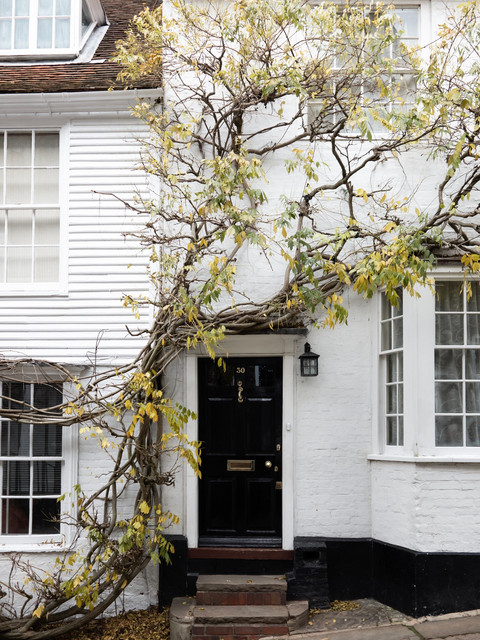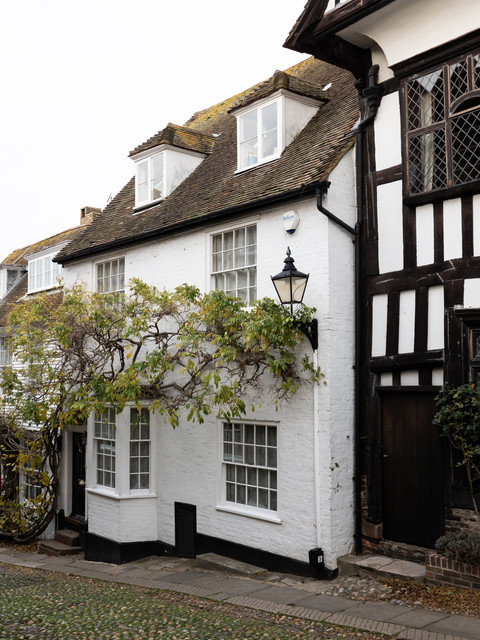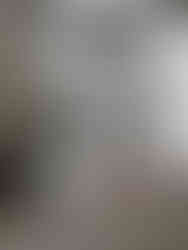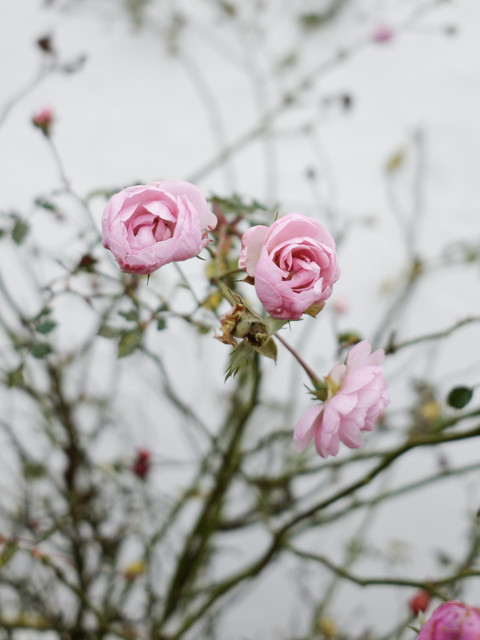the Leica CL
- Julia

- Dec 17, 2018
- 5 min read
Updated: Jan 7, 2019
For the past week I have been using a different camera. One I have not met before, but have easily fallen a little in love with.
I have long been a fan of Leica, since a friend introduced me to one of their cameras around four years ago. With a reputation for high quality lenses and beautiful designs, if I had the budget I wouldn't hesitate to upgrade my current DSLR to one of their systems. There really is something unique about the images taken on Leica cameras. They have a filmic quality to them. I do say this from experience, that even at the most basic end of their range, the images are of great quality.

Often, when I am out for the day without the need for my DSLR, I use a Leica d-lux. I have had it for more than 2 years and extol it's virtues endlessly to anyone who shows an interest. As a compact camera, it has been well worth the investment.
So when Leica asked me if I would like to try their APS-C system CL camera, I was curious to compare it. The CL is a mirrorless, cropped sensor camera with impressive capabilities - on paper - and of course I wanted to test it for myself.
I took it to a few of my favourite locations. Rye, along the East Sussex coast from my home and Beachy Head with it's iconic red and white striped lighthouse. Luckily, as it happened, I caught the same sunset conditions as I had photographed recently at the lighthouse, so there is a direct comparison to be made between the Leica CL and my full frame DSLR if you search through my recent Instagram posts....
I also used the CL in my studio. I guess you could call this a 'control' for the purpose of experimentation. I know the light and setup in there for every camera I use, so comparing a different camera here gives me a good idea of how it captures a familiar environment.

THE LEICA CL
Leica cameras are, in some ways, what you might call no frills. They are not full of gimmicks and settings galore. Instead they are beautifully designed and pared back to include the settings you might actually need. And with this comes an ease of use I haven't found with other cameras I have owned.
I also think the colour rendition is excellent, with minimal editing required. I set the film style to 'natural' - of the 5 options this is my preferred one. For colour photographs there are also the options of standard and vivid - both more saturated than natural. And then there are two black and white settings also. Arguably any colour editing I have done with the images in this post has been more to suit my taste than anything. I just like a desaturated image...
Speaking of editing, all photos in this post have had a similar edit. That is to say brightening a little, desaturation predominantly of green/yellow/orange, and not much else. I wanted to share the images pretty much as captured.

As mentioned above and in keeping with Leica's understated designs, the CL has only a handful of buttons and dials. Setting the mode, then settings within each mode such as ISO and aperture, are easily done via the two wheels on the top of the camera. There is a useful display panel between them showing the current settings. It's really very easy to use.
Being mirrorless, it is also compact in design and light to carry. The quality of the images it takes certainly keeps up with other cropped sensor DSLR cameras I have owned. Where the Leica CL excels is in its portability. I would happily carry it for hours, unlike the equivalent DSLRs which tend to be big and heavy.
In a word, or two, the CL is user friendly.

FOTOS
The CL is equipped with WIFI and as such can be connected to your smartphone, computer or tablet via the Leica FOTOS app.
FOTOS can be used as a remote shutter, great if you want to get yourself in the frame, or have the camera mounted on a tripod at an awkward angle. Actually a remote shutter is always handy, especially when you are using a slow shutter speed where any tripod wobble will lead to a blurry photo. Better to stand away and use a remote.
In addition, FOTOS allows image transfer from camera to phone/computer/tablet without the need to physically attach the camera or SD card to a computer. I have lost count of the times this has been a useful capability on the d-lux and as such can be fairly sure it's a great feature on the CL too. Most especially when travelling as I'd rather not be carrying a laptop along everywhere I go and can then edit the photos in Lightroom happily on my phone.
The image below was taken using the FOTOS app (pictured above left). The image above right is of the CL - taken with the d-lux.
The CL also takes a great photo in my studio. As you might expect, most comparable in quality to a high spec cropped sensor DSLR photo. You can take a look here for a couple of comparison shots on one of my old DSLRs.
Again though, I would say that I really love the feel of the images Leica cameras create. They really do have a quality of film photos. And for me, that would be a consideration in future if I were looking for a cropped sensor camera again.

It's a good looking camera too, if you ask me. The model loaned to me was this one. Quite the accessory I think...
Oh and I really noticed the difference in image quality between the Leica CL and my d-lux. As you might expect, the CL is so much better. There are many more pixels to play with, 24MP rather than the 12MP of the d-lux to be precise. A RAW image from the CL is 40+ MB.
I think the Leica CL is a great camera. I'd even go so far as to say I would consider a mirrorless camera next time I'm looking. The quality of the images combined with the portability of the camera is certainly impressive. Desirable even.
There is something to be said for the ease of having a camera always at hand without the bulk of a DSLR, especially when the image quality is so good. Because you never know when the next photo opportunity might happen.
And as it says on the cover of the notebook Leica gave me at a recent workshop,
"you only have to live and life will give you pictures"
Henri Cartier-Bresson
J x


this post is sponsored by Leica UK, all thoughts and opinions are my own
















Comments